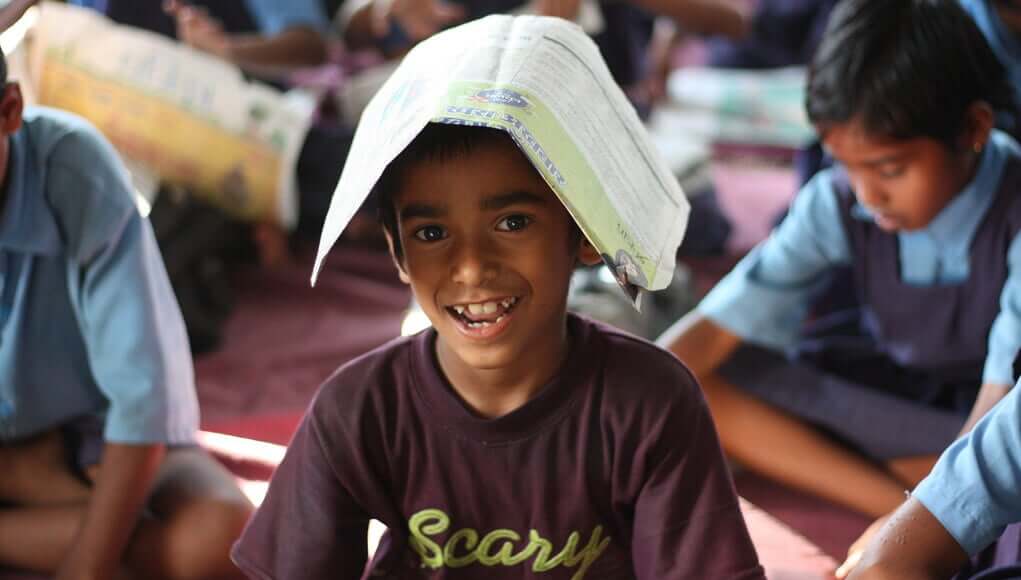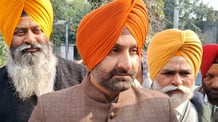By: Prof. Sanjay Srivastava, and Dr. Abhishek Srivastava
The New Education Policy (NEP) has been now approved by the Modi government reflecting the proactive and effective governance posturing of the present government which is committed to transforming India into a self-reliant and developed nation that can be a beacon light of hope for the comity of nations as a Vishwa-Guru. The cornerstone to such a transformation is education reforms, long needed to provide a profound socio-educational foundation to Indian society, which has been well reflected in the writings of western thinkers like J.S.Mill and John Dewey and Indian thinkers like Mahatma Gandhi, Dr. Ambedkar, Swami Vivekanand, and DeenDayal Upadhyay.
Swami Vivekanand aptly puts in: “We want that education by which character is formed, the strength of mind is increased, the intellect is expanded, and by which one can stand on one’s own feet”. Giving importance to the Indian values, Pd. DeenDayal Upadhayay emphasized the education system which is de-westernized.
The NEP hits on the head of the nail by carving out a multi-prong strategy to meet the challenges of the holistic development of students and their creative potential. It’s a comprehensive document on a future education ecosystem which sprawls over all the aspects be it school education, higher education, teacher education, or adult literacy, and it also encompasses other significant dimensions such as vocational education, research, technology in education, promotion of Indian languages, financing education and proposed Rashtriya Shiksha Ayog.
The architects of the NEP under the overall guidance of PM Modi have been able to ensure quality early childhood care and education for all children between 3-6 years by 2025 confirming literacy and numeracy and 100% Gross Enrolment Ratio for all school education by 2030, a cherished dream of equitable and inclusive education enshrined in our Constitution. The NEP recommends, “the requirements of the Right to Education Act will be made substantially less restrictive while ensuring safety (physical and psychological), access and inclusion, the non-profit nature of schools, and minimum standards for learning outcomes. This is to allow for local variations and alternative models while making it easier for governmental and non-governmental organizations to start a school.”
Further, it emphasizes on curriculum planning and appropriate pedagogy, “curriculum and pedagogy are transformed by 2022 in order to minimize rote learning and instead encourage holistic development and 21st-century skills such as critical thinking, creativity, scientific temper, communication, collaboration, multilingualism, problem-solving, ethics, social responsibility, and digital literacy.” For a more inclusive educational outreach and catering, the NEP proposes to set up Special Education Zones “in disadvantaged regions across the country.
States will be encouraged to declare these Zones based on clear social development and socio-economic indicators and the Central government will provide financial support in the ratio of 2:1 for every rupee spent by the State. The key idea will be to have these Zones act upon all that is stated in this Policy for the inclusion of under-represented groups in a concerted manner, with close joint monitoring by the Centre and States.”
In the higher education sector, the objective includes inter alia to “revamp the higher education system, create world-class institutions across the country – increase Gross Enrolment Ratio to at least 50% by 2035.” The NEP further aspires- large, well-resourced, vibrant multidisciplinary institutions with an emphasis on liberal arts, science, mathematics, and professional fields. The typology of higher education institutions based on the difference in focus – “Type 1- focuses on world-class research and high-quality teaching across all disciplines; type 2-focuses on high-quality teaching across disciplines with significant contribution to research; type 3- which focuses on high-quality teaching across disciplines focused on undergraduate education.”
It also proposes to begin, Mission Nalanda and Mission Takshashila “for catalyzing this new institutional architecture. A few pace-setting institutions, the Indian Institutes of Liberal Arts/ Multidisciplinary Education and Research Universities may be set up as part of these Missions.”
Further, academic, financial, and emotional support will be available for students to help them attain better outcomes. Open and distance learning will be expanded. Measures such as online digital repository, funding for research, improved student services, credit-based recognition of MOOCs, etc. will be taken to ensure it is at par with the highest quality in-class programs. The internationalization of education will be facilitated through both institutional collaborations and student and faculty mobility. An Inter-University Centre for International Education will be set up within selected Indian universities. It conforms to the norms of academic autonomy of institutions with a regulatory system that is ‘light but tight’.
For an effective teacher education system, a life-line to the school education, it proposes to initiate teacher preparation programs- the 4-year integrated stage and subject-specific Bachelor of Education degree course. Agreeing to the need for employability the vocational education will be provided to at least 50% of all learners by 2025.
It mentions, “vocational exposure will begin early with all students taking a year-long survey course on vocational skills and crafts in Grades 6-8. In Grades 9-12, children will have access to vocational courses along with more traditional academic courses, with students having the choice to ‘mix and match’.” In addition to this, a new entity will be set up to catalyze and expand research and innovation across the country, thus taking India ahead in the field of technology by earning more patents. It’s an old saying that “power respects power and technology honors technology”, the document conforms to this dictum.
The NEP proposes to use technology to make education ecosystem more inclusive and effective at all levels of education to improve classroom processes, support teacher professional development, enhance educational access for disadvantaged groups and streamline educational planning, administration, and management. This Policy aims to achieve 100% youth and adult literacy by 2030, a big stride in India’s inclusive growth. Satisfying the long-standing demand non-Hindi speaking people, the NEP will ensure the preservation, growth, and vibrancy of all Indian languages. It recommends, “ Education will be in the local language/mother-tongue at least till Grade 5 but preferably till Grade 8, with a flexible (bilingual) language approach where necessary.”
There will be a substantial public investment to expand and vitalize public education. Rashtriya Shiksha Aayog or National Education Commission will be formed, headed by the Prime Minister – this will be the custodian of the vision of education in India.
With a whopping 6% of the GDP budget on education and multiple entries and exits system at the 4-year undergraduate curriculum, the NEP aspires to take the Indian education system to the international level by creating world-class institutions, under the able stewardship of the PM Narendra Modi. The NEP will help to create capable citizens with the potential to take the country to the new heights and horizons. The inclusive and equitable education opportunities enshrined in the NEP will be able to transform India into a knowledge society- an emerging nation with strong and resolute leadership and a comprehensive education policy orients India to go up from strength to strength and branch out its influence in the international society, for the welfare of all.
* Prof. Sanjay Srivastava is a professor at Dept. of Political Science, Banaras Hindu University, India.
* Dr. Abhishek Srivastava is an Asst. Professor at School of International Studies, Jawaharlal Nehru University, India














